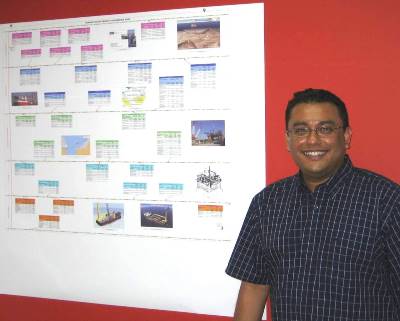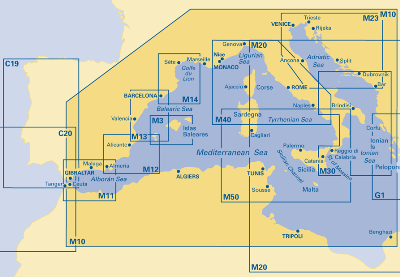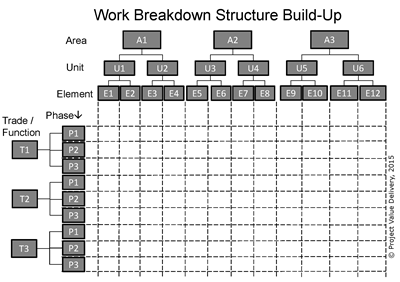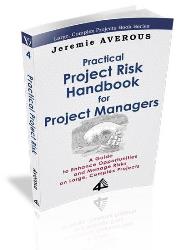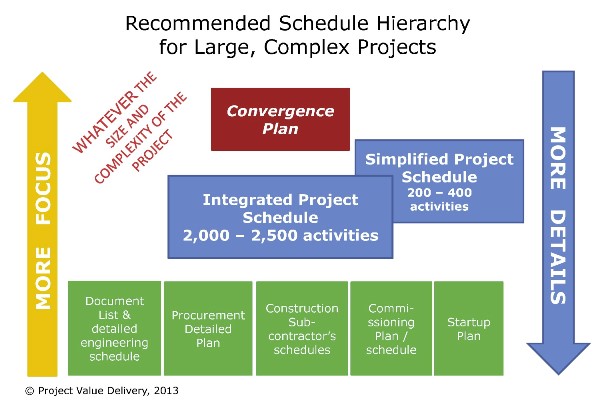What is Project Control? Coverage, Reach and Project Control Manager Role
Project Control as a stand-alone discipline is often only formalized on large Projects. On smaller Projects, it is generally the Project Manager himself that effectively performs its duties. Still even when it is identified as a role its coverage and reach varies between organisations. In our new White Paper 2016-12 ‘What is a Project Control Manager? Coverage, Reach and Roles’ we take position on what the Project Control Manager should cover to be successful in effectively supporting the Project Manager during the Project’s execution.
 In particular, we believe that the following areas should be included systematically in the remit of the Project Control Manager:
In particular, we believe that the following areas should be included systematically in the remit of the Project Control Manager:
- Cost Control,
- Schedule Management,
- Project Risk Management,
- Main Contract Management (for Contractors),
- Document Management.
We consider that the following should be excluded:
- Procurement, because it is a major discipline by itself in EPC projects
- Accounting & Finance, to keep independence with respect to Cost Control
In terms of terminology, we prefer to use ‘Project Control’ in the singular rather than ‘Project Controls’ because we want to highlight the fact that control overall needs to be exercised on Project execution, and not just the implementation of a series of juxtaposed controls. Control needs to be comprehensive.
‘Project Services’ is often used when Procurement is part of the scope. It is also sometimes used when just Contract Management is added to Cost, Schedule and Risk. To avoid misunderstandings with organizations that use ‘Project Services’ in a very broad sense, we prefer to use ‘Project Control’.
Read our new White Paper 2016-12 ‘What is a Project Control Manager? Coverage, Reach and Roles’ to understand better the remit of Project Control and discover the details of the role coverage.
Find all these principles of Practical Project Control exposed in a comprehensive manner in our new Handbook, 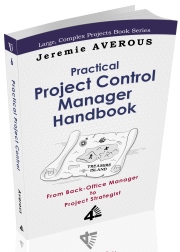 Practical Project Control Manager Handbook (now published – click on the link to see it on Amazon!)
Practical Project Control Manager Handbook (now published – click on the link to see it on Amazon!)


